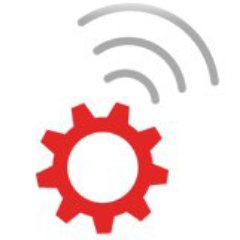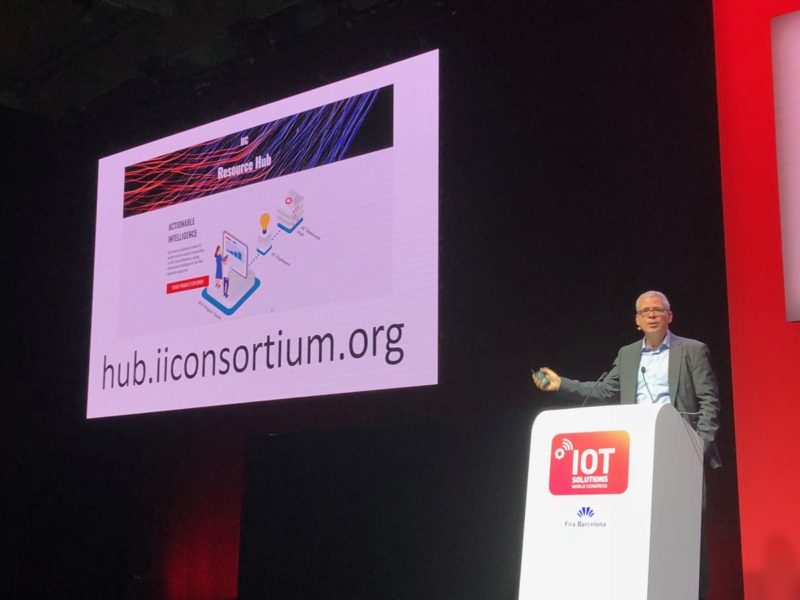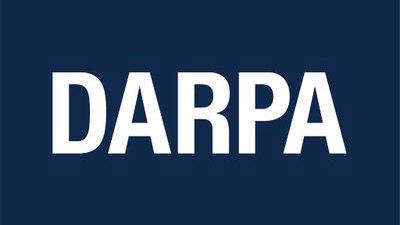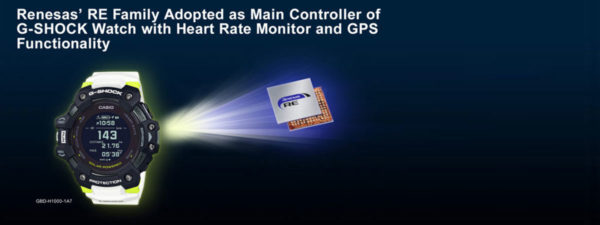The Industrial Internet Consortium (IIC) announced on Tuesday that its Track & Trace Testbed has generated the requirements for a new IoT standard for tracking and tracing assets. These requirements have been used by standards development organization Object Management Group (OMG) who has a nearly 30-year history creating and maintaining IT standards. OMG has begun the process to develop this as a new IIoT standard.
The goal of the testbed is to manage handheld power tools in manufacturing and maintenance environments. This “management” involves tracking and tracing the usage of these tools to ensure their proper use, prevent their misuse and collect data on their usage and status.
Factories are highly sophisticated and require exacting work – down to the precise amount of force used to tighten a screw. The tools in Track and Trace will be able to determine its precise location and use and, therefore, will be able to determine the force and work needed to complete a task.
In addition, if a tool recognizes that it is being misused, it will promptly power down to avoid accident or injury. Finally, over the two-year project, the testbed participants will look to fine-tune the localization of tools to 30 centimeters, and ideally down to five centimeters.

Currently, the accuracy is approximately one meter – a gap large enough to allow mistakes. These features of Track and Trace will contribute to the safety and quality of the goods produced, as well as increase productivity in manufacturing.
The IIoT has made self-contained environmental sensors ubiquitous in our daily lives. Through the work of the IIC Track & Trace Testbed a need emerged for the manufacturers of sensors to be able to publish the required interpretation of the data that they produce via an Electronic Data Sheet.
The testbed creates visibility along the value chain by tracking geolocation, both indoor and outdoor, and usage of key assets. The testbed, led by Bosch with IIC member participants Cisco and SAP SE, developed these requirements from the extra-logistics use case, which gathers data from transport-related assets to ensure transport SLAs are met and logistics chains can be optimized.
The OMG Simple Electronic Notation for Sensor Reporting (SENSR) RFP requests specification proposals that provide a platform and vendor-independent metamodel for describing available data provided by hardware sensors, and an optional library of data types to facilitate the above sharing of interpretation. Organizations interested in participating in the development of this standard need to submit a letter of intent to OMG by Mar. 18, next year.
“We’ve been operating this testbed for three years and have identified several areas of the IIoT that can benefits from standardization. Standards help abstract from the complexity,” said Dr. Matthias Deindl, Chief Product Owner for Nexeed Track and Trace, Bosch Connected Industry Solutions.
“As the number of sensors in the field multiplies by the thousands per day, there is an urgent need for a standard. With a standard way to interpret data, both sensor manufacturers and end users will be able to derive more actionable results from the information they are gathering,” said SAP Vice President, Industry Standards and Open Source Erich Clauer.
“IIC testbeds use many industry standards and contribute to their improvements, but this is the first testbed to generate a set of requirements for a new standard,” said IIC Executive Director Richard Soley, who is also chairman and CEO of OMG. “One of the primary drivers of our testbeds is to generate requirements for new standards and we’re happy to see that OMG has taken these requirements. OMG has issued an RFP, the first step in its development of a new standard, based on these requirements.”




